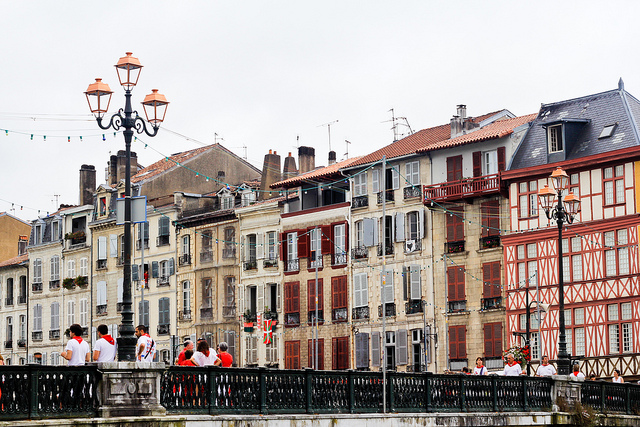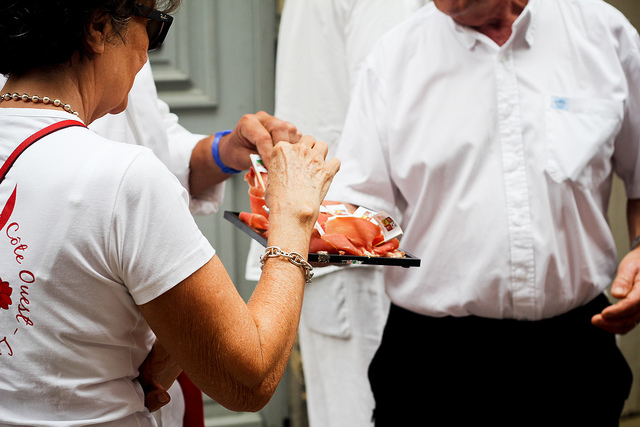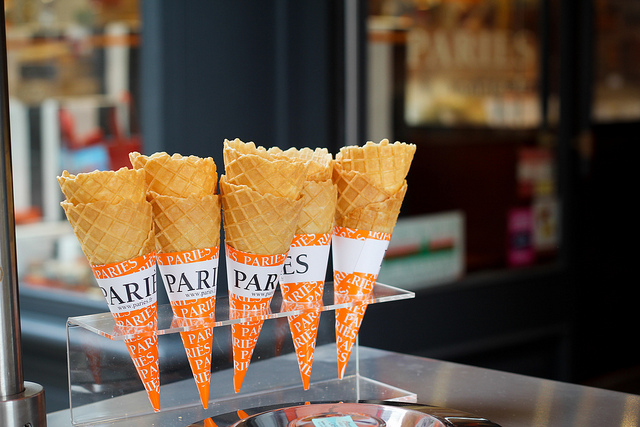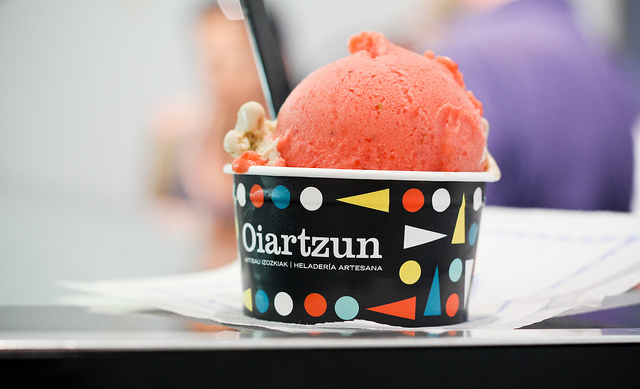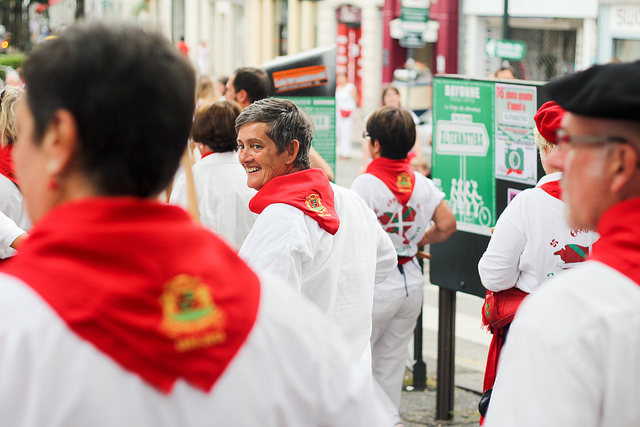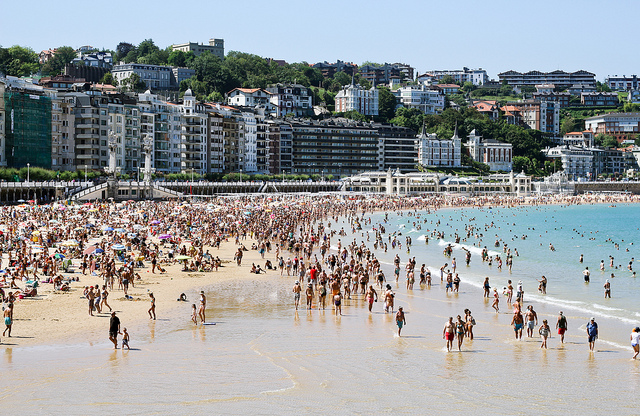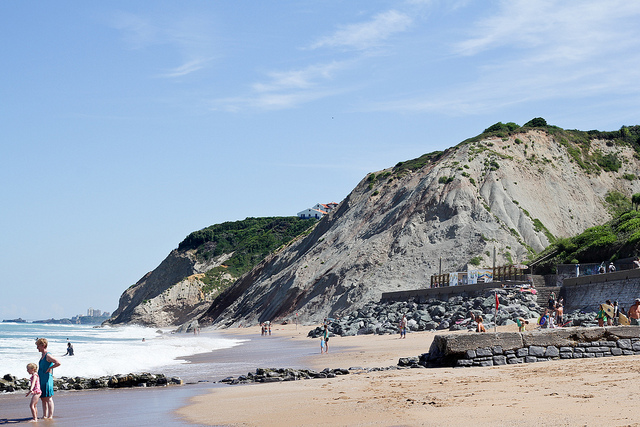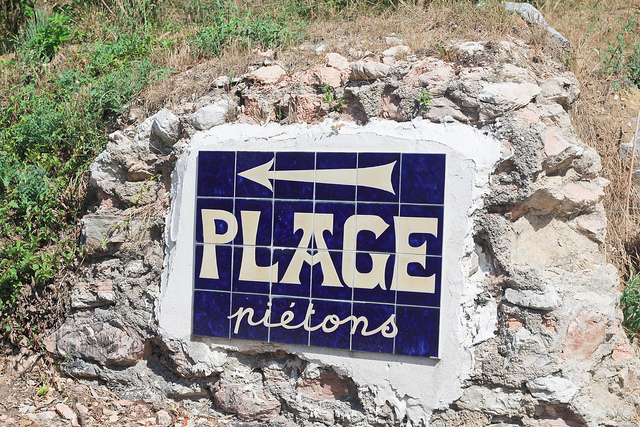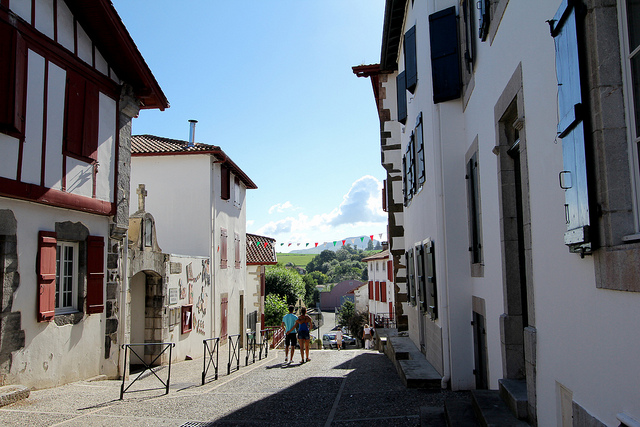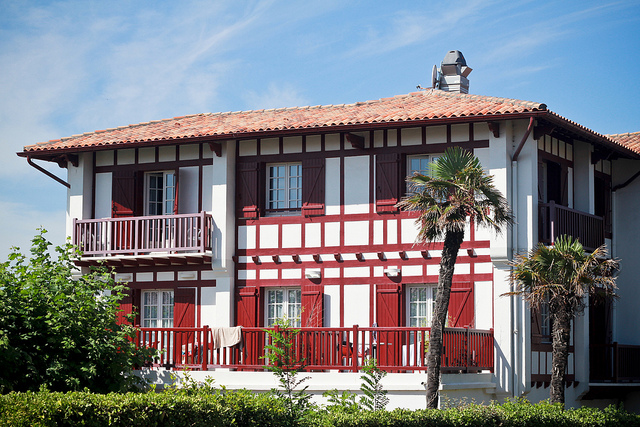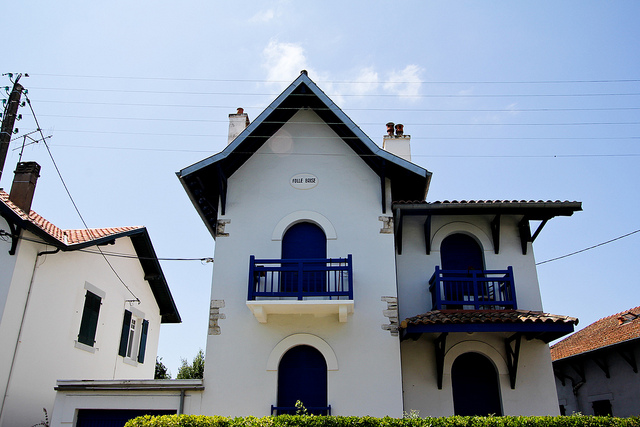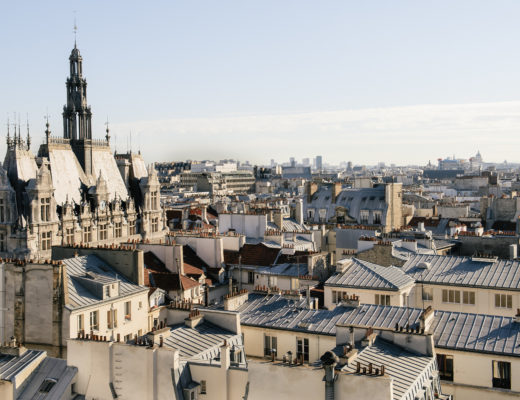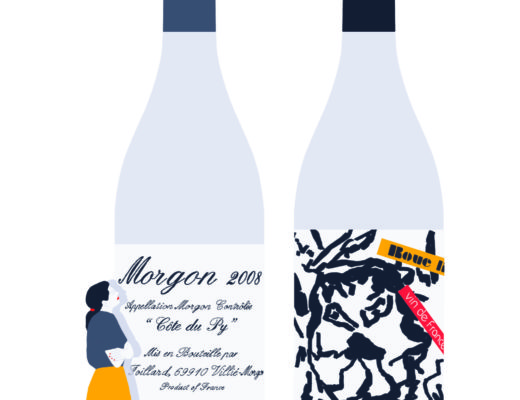It’s autumn which means we’ve been swiftly thrown back into the 3-R’s of la rentreé: routine, rendez-vous and restos (both new and old). And while the start has already proven both exciting and promising, my mind lingers on our time in the Basque Country this summer.
By now I think I’ve made it abundantly clear that the south of France as an escape holds tremendous sway in my house. But that obsession has largely been confined to Provence: Marseille, Cassis, Toulon, Aix-en-Provence and other quaint neighboring towns. Now that we’ve visited Basque country in both France and Spain, our fondness for the southern way of life has grown exponentially. A few reasons why:
1|| The Food
Traveling by belly rarely disappoints but the experience in the Basque region exceeded all my expectations. As a non-pork eater, I was concerned that my options would be limited. Not so: the cuisine is dominated by locally-caught fish and seafood, flavorful stews, cured meats, piperade (a mix of onion, green peppers and sautéed tomatoes spiked with Espelette pepper), pintxos, and other hearty dishes. For dessert, the options are legion: the Gâteau Basque, the Macaron Basque (nothing like the variety popularized by Ladurée) and the Kanouga (chewy, buttery caramels) are perhaps the most iconic but the region also excels in chocolate, ice cream and pastries. Basically, everything I love in one place.
On the Spanish side of the region, you’ll find 16 Michelin-starred tables (more than in France) at extremely accessible prices that play up seasonal produce and locally sourced fish and meat. Many Basque chefs were initially inspired by French technique and tradition but went on to create their own, inventive styles that ultimately usurped the attention of the culinary elite away from France.
-A FEW STANDOUTS-
‘Chocolat Mousseux’, hot chocolate whipped by hand, a tradition at Cazenave in Bayonne (photo evidence HERE)
Kanougas and Macarons Basques from Pariès (Bayonne or other locations in the region)
Gâteau Basque from Maison Adam (Saint-Jean-de-Luz or Biarritz)
Gelato from Oiartzun in San Sebastian – laughably inexpensive, unbelievably delicious with a wide variety of flavors.
Chocolates (and a tour of the facility) at Antton in Espelette
2|| The Pride in Tradition
From Bilbao to Bayonne, the 100-mile Basque region boasts a distinct embedded culture, disconnected in many ways from host countries Spain and France. And the people are proud – so proud to be Basque that they celebrate their unique identity year-round with festivals (like the Fête de Bayonne, nicknamed the big summer festival, which took place when we were in town), costumes, cook-offs and Basque Pelota matches.
Throughout the Fête de Bayonne, which attracts droves of partygoers bedecked in the region’s national colors of red and white, effusions of song and dance were omnipresent. Music bellows in the streets as revelers of all ages performed in musical street parades, vendors sampled the local ham and the bars opened mid-morning for a heady afternoon of merry drinking. Of course this pride has manifested itself in more indecorous ways, most notably with the rise of the ETA, a nationalist-separatist group that believes the region should be wholly independent from France and Spain and have resorted to crime and terror to promoting their cause. Acts of violence have diminished considerably in recent years but the unflinching desire to preserve their culture remains palpable.
3|| The Language
Basque is a language isolate, one with no clear relationship to other languages and the oldest in Europe. Still, it’s the fiber that connects France and Spain and is spoken by over 40% of locals in the region. All signs are written in Basque and the local language and while it was nearly incomprehensible to us, we grew accustomed to reading it. It is a linguistic totem that reflects the unwavering drive and determination of the Basque people to preserve their heritage – nothing short of a feat in the face of globalization.
4|| The Location
Towns and villages along the Atlantic coast satisfied my need for substantial time by the sea and many of those inland, where mountains drape over bucolic expanses and rolling hills, connected us closer to nature. After exploring Espelette for a morning, we were back on the beach in under 30 minutes – that proximity to sea and mountains means the outdoor activities in the region are numerous. And the best part: there were only a smattering of clouds during a two week trip and the sunshine continued long after we returned to Paris.
If Provence has a rainbow of pastel-colored houses that call to mind sun-drenched summer months overlooking the sea, the Basque region boasts white-washed, half-timbered villas with brightly-painted shutters. The etxe, as Basque homes are called, may vary by village, but the allure is the same. The small towns along the Atlantic coast are like maritime hamlets; achingly charming with steady whiffs of sea air to create the picture-perfect setting for a summer holiday.
For those of you who have been to the Pays Basque, what did you enjoy most?
[For more photos from my Basque break, click HERE and HERE]





